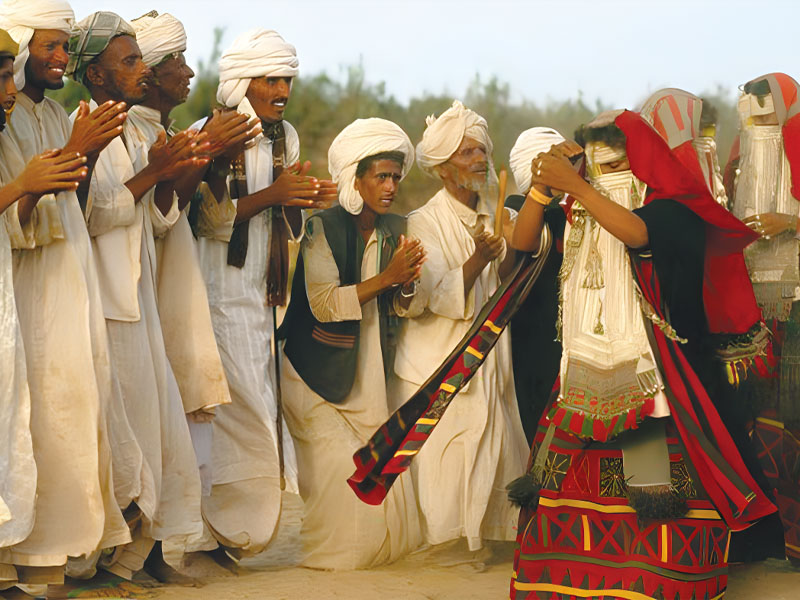Proverbs and traditional sayings
Issue 39

By A. J. Greimas (translated by Abdulhamid Bouraiu, a Professor of Higher Education in Algeria)
The inherited structure of proverbs and traditional sayings contained in the present discourse dates back to an indefinite past, which lends them a sort of authority based on the notion of the Wisdom of the Elders. The ancient nature of such proverbs makes them timeless and seemingly absolute; they are guiding truths. Many anecdotes and myths begin with the phrase ‘once upon a time’, which guides the reader through the story to events involving Gods and heroes.
The use of the present tense and the imperative clearly contradicts what we have just said, which reveals more about the anomaly of the proverb or traditional saying when it is used within our discourse. The use of the present tense indicates a pure non-historical time that helps to convey absolute truths in the form of simple conclusions. In a proverb, the truth is timeless. It ensures the continuity of an unchanging moral law.
In the present study of complex compositional sentences with rhythm and rhyme, we present only hypotheses that are relevant to binary structures. It seems, however, that the proverb phrase is a clear, closed structure.
We must wait for the results of research into the antithesis between the binary structures that characterise traditional writing and the Romantic triple rhythms. Proverbs serve as clever hints, and we use them to represent our thoughts and aspirations in order to make our world seem more balanced.
The ‘stylistic’ flow of lexical elements in proverbs and traditional sayings is easy to interpret. Proverbs can be categorised into groups according to their themes and meanings.
The explanations above are intended as acknowledgements of the existence of independent semantics, and they confirm the phenomenal nature of the elements of semiotics typically known as proverbs and traditional sayings in classical literature.
We are convinced that the methodology used to study proverbs and traditional sayings takes stylistic issues into consideration, and that it identifies the reciprocal relationships and opposite pairs found in proverbs and other symbols, including legends, myths, dreams, and folklore.


































































